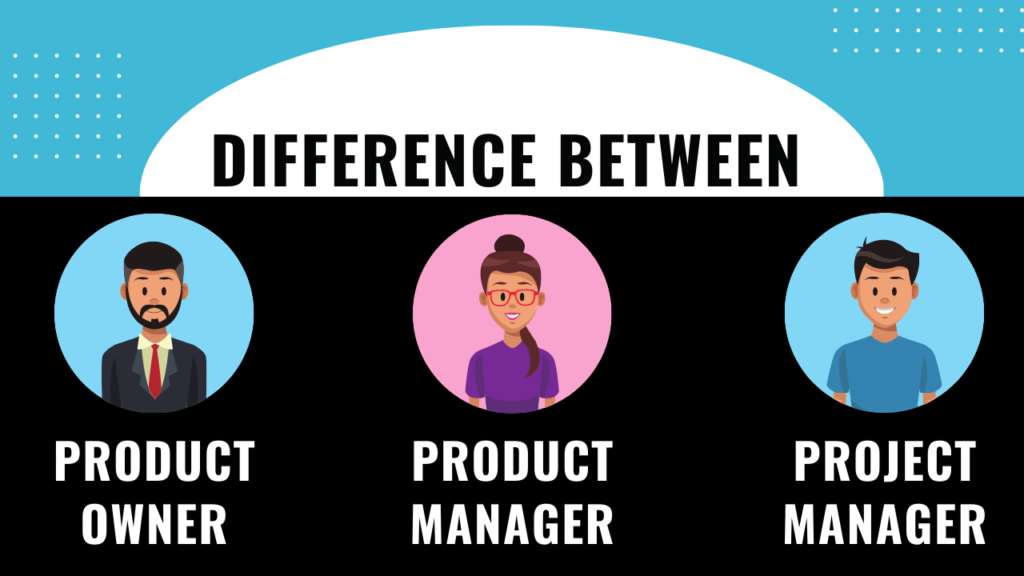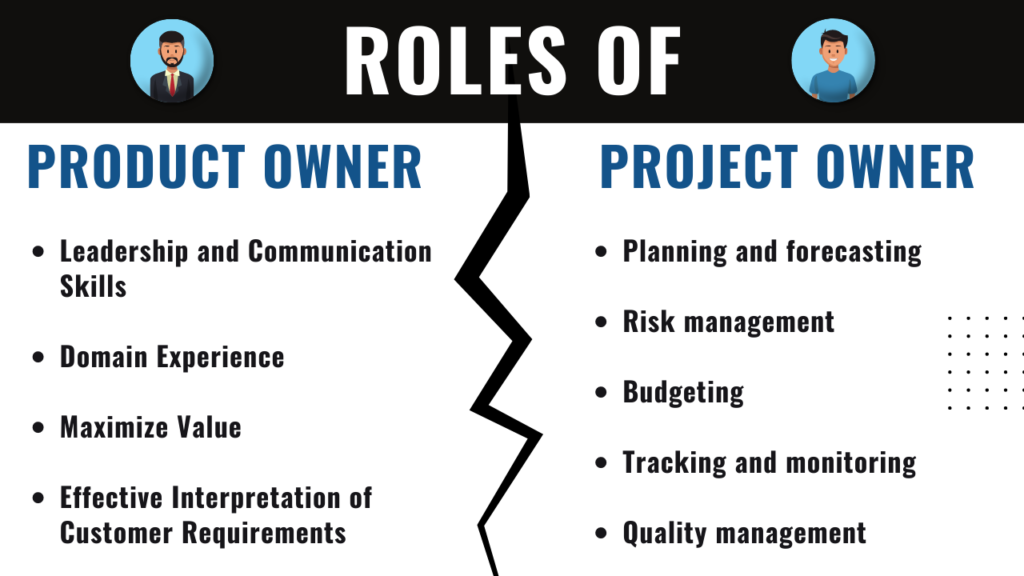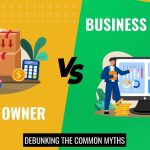What is a Product Owner vs Product Manager vs Project Manager? Find out the differences between these three crucial roles and know what they do?

When managing a product several roles are crucial to its success. To be specific, the roles of Product Owner, Product Manager, and Project Manager are vital for any organization that’s inclined towards Agile systems. Why do we say they are critical? They all play a very unique and essential role when it comes to the development and launch of a product. It is so unfortunate that they are often confused or used interchangeably. Let’s dive into the differences between the parts, aims, and responsibilities each holds.
Aims
Product Owner – It is their responsibility to maximize a product’s or service’s worth by managing the product backlog, representing the stakeholder interests, and ensuring that the team delivers the right product.
Product Manager – Responsible for the overall strategic vision, planning, and execution of a product or product line. They are responsible for understanding the market, the customers, and the competition and defining the product strategy and roadmap. The Product Managers are known to work closely with cross-functional teams, including development, marketing, sales, and customer support. The main aim is to ensure that the product meets the target market’s needs and is delivered on time and within a set budget.
| Product Owner | Project manager | |
| Certification | Assets that deem a PO to become a Certified SAFe ScrumMaster | PMI Certification |
| Risk management | Responsible for the immediate product outcome (sprint and release) | Aims at long-term support, capabilities, and the product value |
| Team Interaction | Provides the team with project management tools | Guides the team on agile tools |
| Accountability | Accountable for the project’s success | Backlog management |
| Strategy | Delivers maximum value to the customer by creating the project goal | Plans and focuses on creating roadmaps that ensure the team’s vision and goals are a reality |
| Methodology/Approach | Agile | Waterfall |
| Relationship with stakeholders | Becomes the bridge between the stakeholders and the team through effective communication | They do not act as communication links between stakeholders and the team. |
| Feedback | Implements the decisions according to the feedback received | Orients the vision of the product according to the received feedback |
| Quality | They weigh product quality delivery to the customers | They are not engaged in ensuring product quality is met |
| Focus | Both External and Internal | Internally focused |
| Ownership | Feature of the product | The Project |
Project Manager – A Project Manager is responsible for planning, executing, and closing a project, ensuring it meets all the goals and objectives within the given constraints. It’s their primary duty to cooperate closely with the project team and the stakeholders to define the project scope, timelines, and deliverables and to create a detailed project plan.
Roles of a Product Manager: What does a Product Manager do?
- Establishing the vision, strategy, and roadmap of the product – It is the responsibility of a Product Manager to create a clear vision for the product, determine how it will be positioned in the market, and develop a roadmap to guide its development.
- Gathering, managing, and prioritizing market/customer requirements – It is their core duty to understand customer needs and wants and use that information to inform the development of the product.
- Acting as a customer advocate – A product manager acts as the customer’s voice, ensuring that the customer’s needs and wants are considered throughout the development process.
- Acting as the product leader – You may also wonder who is supposed to be the product leader! It’s the product manager. They are responsible for leading the development of the product, ensuring that it is delivered within budget and on time.
- Defining what to solve in the market needs to document – A product manager is responsible for identifying and defining the fundamental problems that the product will translate in the market.
- Being a market expert – Having a deep understanding of the market in which the product will be sold, including the competition, the target customers, and the trends that are shaping the market is a must-have skill for any Product Manager.
Product Owner and Project Owner: What is the Difference?

In Summary
It is important to know that understanding the differences between these roles and the responsibilities that each one holds is crucial to the success of any product. Despite the fact that these roles may have overlapping duties, they are not interchangeable. Each of them plays a unique and essential role in the product development process. An organization can be able to secure the right people for each of these roles if they have an understanding of their differences and similarities when it comes to the success of a product.
Q&A
Is the product owner higher than the project manager?
In terms of organizational hierarchy, it can vary depending on the company. Generally, the product owner is responsible for the vision and strategy of the product. While the project manager is entrusted with the role of the day-to-day management and execution of the projects. In some organizations, the product owner may have higher authority and decision-making power than the project manager while in others the project manager can have the upper hand in authority.
Can a project manager become a product owner?
Yes, a project manager can become a product owner. Many project managers have the skills and experience to excel in a product owner role. Project managers are often responsible for managing timelines, budgets, and resources, all of which are essential skills for a product owner. Additionally, many project managers have experience working with cross-functional teams and communicating with stakeholders, which are critical responsibilities for a product owner.






